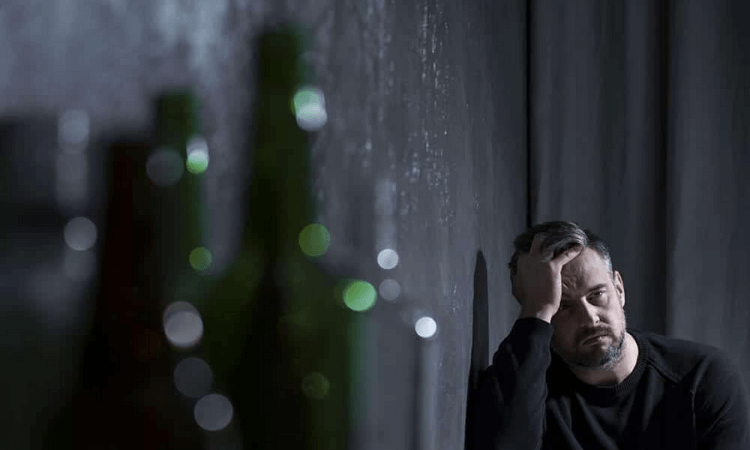[rank_math_breadcrumb]

Some people ask if the use of a substance like Buprenorphine to treat opioid addictions is simply not replacing one addiction for another. While it only seems that way because the treatment and the addiction drug are from the same family, but such thinking is mistaken.
Buprenorphine is indeed an opioid used to treat opioid addiction. Drugs like suboxone which contains Buprenorphine are often used to prevent the painful symptoms of withdrawal and cravings for the drug. Buprenorphine has been used in most cases to manage heroin and other opioid addiction since it was approved by the FDA in 2002.
The drug itself is specifically used for managing the addiction because it is designed to slowly and steadily divert the addict’s desire for drugs like heroin or other opioid drugs to less addiction-prone drugs like Buprenorphine and its counterpart methadone.
How Buprenorphine works
Usually, an opioid such as heroin attaches to the brain receptors of the addict. Once it binds it releases those feelings of pleasure and also influences respiration and pain. With time the brain comes to expect a certain dosage of the drug every day and when it is not received it goes into withdrawal.
Now, Buprenorphine being an opioid takes the same path by binding to the brain receptors but it does this differently. It first prevents the brain from going into withdrawal and releases a much milder effect of pleasure, respiration, and pain.
In addition, Buprenorphine is long-lasting in its effects and this helps to resist the effects of heroin if it is taken while Buprenorphine is still present.
Buprenorphine Treatment
The first stage of the treatment is the induction phase which is also the early stage of the patient’s withdrawal. If the patient is not in the withdrawal stage, the effects of Buprenorphine will cause precipitated withdrawal which can be more intense than normal withdrawal.
Also, if the patient is already in withdrawal, Buprenorphine will cause the symptoms to become mild and within a few days without the use of heroin or an addictive drug, the patient should feel normal again.
Next is the stabilization phase where the doctor might increase the dosage of Buprenorphine to a daily dose. Buprenorphine prevents cravings for heroin at this point and some patients may feel fully recovered. Regardless of this feeling, you must continue your treatment except directed otherwise by the doctor. Stopping Buprenorphine treatment suddenly can lead to withdrawal and even relapse.
Last is the maintenance phase where the treatment is progressive. The patient can at this point try to gain full recovery from dependency on any opioids at all or continue with Buprenorphine treatment for the long term. This, supported with counseling and therapy from quality rehab centers, can complete the process.
Buprenorphine is effective but not more effective than methadone. It is also more accessible for prescription by doctors in an outpatient setting.

